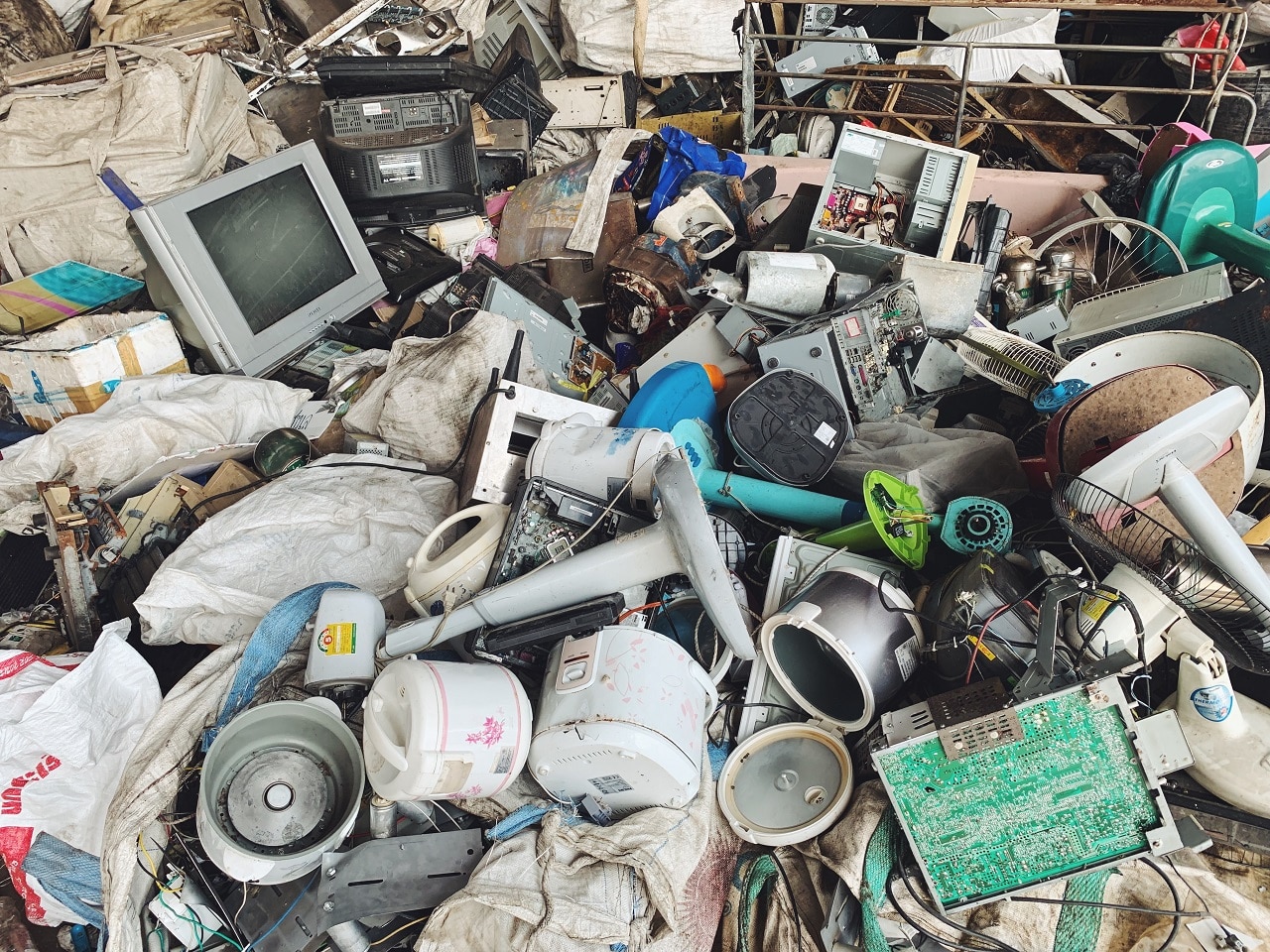The rapid proliferation of electronic devices and the increasing demand for tech gadgets have resulted in a significant rise in electronic waste (e-waste) worldwide. E-waste is a major environmental concern, as it contains hazardous materials that can cause serious health and environmental problems. In recent years, various e-waste recycling innovations have emerged as a solution to mitigate the adverse impact of e-waste on the environment.
These innovations not only help to reduce the amount of e-waste generated but also promote the concept of a circular economy, where waste is transformed into a resource. This article explores some of the latest e-waste recycling innovations and how they can help build a sustainable future.
Recycling Innovations to Tackle E-waste
1. Automated Sorting and Dismantling
The traditional method of recycling e-waste involves manual sorting and dismantling. However, this process is time-consuming, labor-intensive, and poses health risks to workers. Automated sorting and dismantling machines have been developed to increase efficiency and reduce the risk of exposure to hazardous materials. These machines use advanced technologies such as artificial intelligence and robotics to sort and dismantle e-waste safely and efficiently.
2. Chemical Recycling
Chemical recycling is a process that converts e-waste into useful raw materials through chemical reactions. This process breaks down the e-waste into its constituent materials, such as metals and plastics, which can then be reused to manufacture new products. Chemical recycling is gaining popularity as it reduces the amount of waste that ends up in landfills and reduces the need for virgin materials.
3. Upcycling
Upcycling is a process that transforms e-waste into new products with a higher value than the original product. This process involves taking apart the e-waste and reusing the components to create new products. For example, old circuit boards can be transformed into unique pieces of jewelry or artwork. Upcycling not only reduces the amount of e-waste but also promotes creativity and innovation.
4. Closed-Loop Recycling
Closed-loop recycling is a process that involves recycling e-waste and using recycled materials to manufacture new products within the same supply chain. This process creates a closed loop where waste is transformed into a resource that can be reused again and again. Closed-loop recycling reduces waste and promotes a circular economy.
5. Community-Based Recycling
Community-based recycling is a decentralized approach to e-waste recycling that involves local communities in the collection and recycling of e-waste. This approach empowers communities to take control of their waste and promotes local economic development. Community-based recycling also reduces the environmental impact of e-waste by reducing the need for long-distance transportation.
6. Electronic Waste Collection and Recycling Kiosks
Electronic waste collection and recycling kiosks are convenient drop-off locations for individuals to dispose of their e-waste. These kiosks are typically located in public spaces such as shopping centers or community centers. The collected e-waste is then transported to specialized recycling facilities where it is properly processed. This approach makes it easier for individuals to responsibly dispose of their e-waste and reduces the likelihood of improper disposal in landfills or illegal dumping.
7. E-Waste-to-Energy Concept
The e-waste-to-energy concept involves converting e-waste into energy through various processes such as incineration or gasification. This approach not only reduces the amount of e-waste in landfills but also generates renewable energy. However, this approach is controversial as it may emit harmful pollutants during the conversion process and can also lead to the loss of valuable resources that could have been recycled. Therefore, it is important to ensure that the e-waste-to-energy process is environmentally sustainable and does not harm human health.
Conclusion
With the increasing rate of electronic waste generation, it is essential to adopt efficient and effective methods of recycling to reduce the environmental impact caused by improper disposal of electronic waste. The various recycling innovations such as mechanical recycling, pyrometallurgical recycling, and hydrometallurgical recycling have shown great potential in reducing e-waste and recovering valuable materials. However, there is still a need for governments, organizations, and individuals to support and invest in e-waste recycling initiatives to achieve a sustainable future.
It is, therefore, necessary to create awareness and encourage the adoption of e-waste recycling practices to ensure that electronic waste is recycled in a way that is environmentally friendly, economically viable, and socially responsible. By doing so, we can create a world where e-waste is no longer a problem but a resource that can be utilized to build a better and sustainable future.
If you are looking for a center for e-waste recycling in Sacramento, contact ReWorx Recycling. Our services include global IT asset disposition, e-waste recycling, secure data destruction, hard drive shredding, equipment destruction, and reverse logistics.





